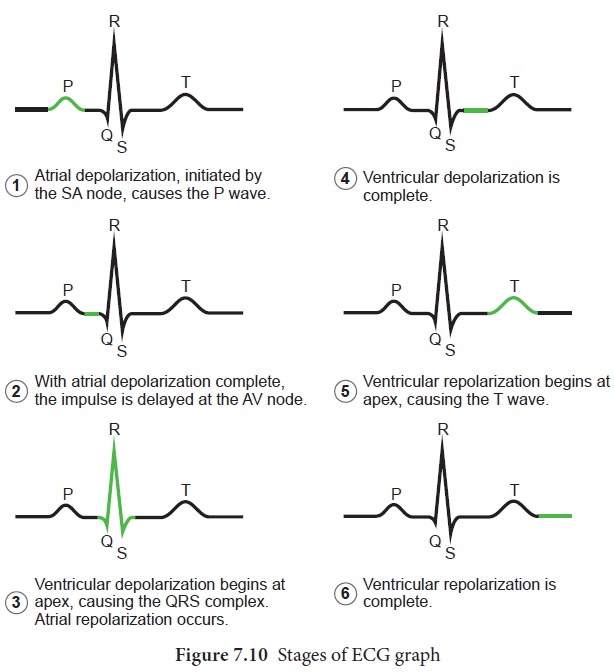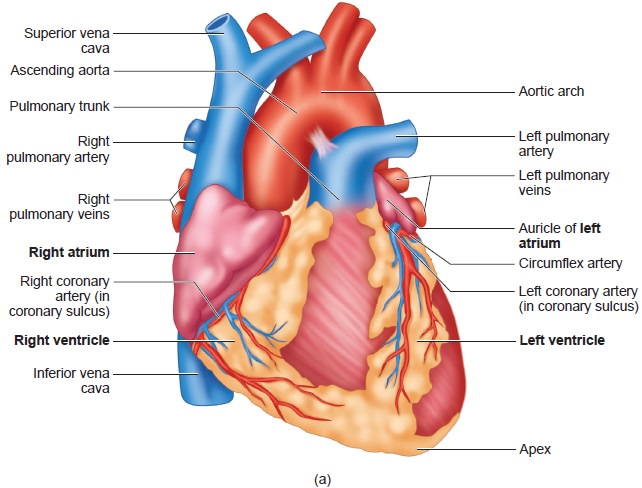Human circulatory system - Cardiac output | 11th Zoology : Chapter 7 : Body Fluids and Circulation
Chapter: 11th Zoology : Chapter 7 : Body Fluids and Circulation
Cardiac output
Cardiac
output
The
amount of blood pumped out by each ventricle per minute is called cardiac
output(CO). It is a product of heart rate (HR) and stroke volume (SV). Heart
rate or pulse is the number of beats per minute. Pulse pressure = systolic
pressure– diastolic pressure. Stroke volume (SV) is the volume of blood pumped
out by one ventricle with each beat. SV depends on ventricular contraction. CO
= HR X SV. SV represents the difference between EDV (amount of blood that
collects in a ventricle during diastole) and ESV (volume of blood remaining in
the ventricle after contraction). SV = EDV - ESV. According to Frank – Starling
law of the heart, the critical factor controlling SV is the degree to which the
cardiac muscle cells are stretched just before they contract. The most
important factor stretching cardiac muscle is the amount of blood returning to
the heart and distending its ventricles, venous return. During vigorous
exercise, SV may double as a result of venous return. Heart’s pumping action
normally maintains a balance between cardiac output and venous return. Because
the heart is a double pump, each side can fail independently of the other. If
the left side of the heart fails, it results in pulmonary congestion and if the
right side fails, it results in peripheral congestion. Frank – Starling effect
protects the heart from abnormal increase in blood volume.
Blood Pressure
Blood
pressure is the pressure exerted on the surface of blood vessels by the blood.
This pressure circulates the blood through arteries, veins and capillaries.
There are two types of pressure, the systolic pressure and the diastolic pressure.
Systolic pressure is the pressure in the arteries as the chambers of the heart
contracts. Diastolic pressure is the pressure in the arteries when the heart
chambers relax. Blood pressure is measured using a sphygmomanometer (BP
apparatus). It is expressed as systolic pressure / diastolic pressure. Normal
blood pressure in man is about 120/80mm Hg. Mean arterial pressure is a
function of cardiac output and resistance in the arterioles. The primary reflex
pathway for homeostatic control of mean arterial pressure is the baroreceptor
reflex. The baroreceptor reflex functions every morning when you get out of bed. When you are lying flat the gravitational force is
evenly distributed. When you stand up, gravity causes blood to pool in the
lower extremities. The decrease in blood pressure upon standing is known as
orthostatic hypotension. Orthostatic reflex normally triggers baroreceptor
reflex. This results in increased cardiac output and increased peripheral
resistance which together increase the mean arterial pressure.





Related Topics